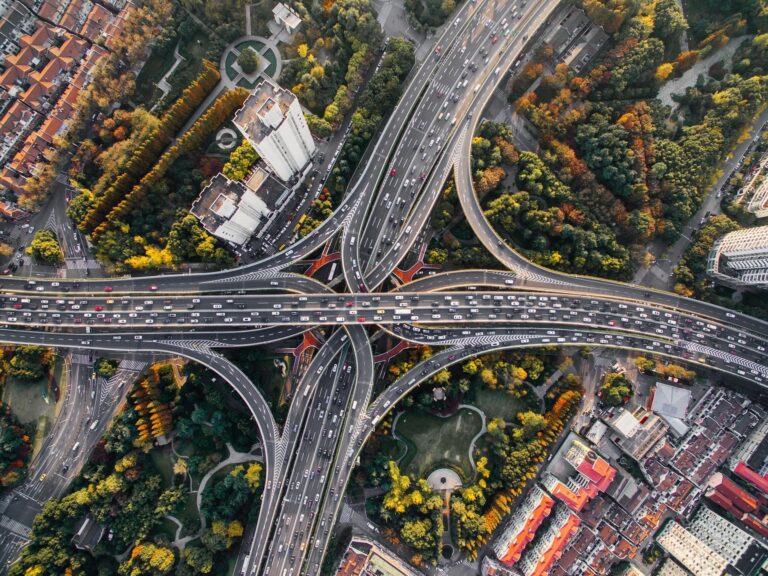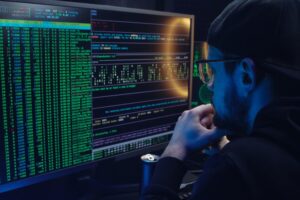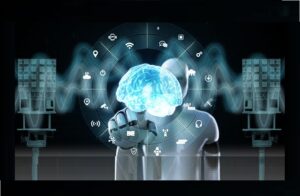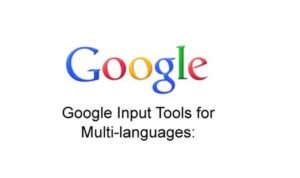Artificial Intelligence (AI) has taken the world by storm. From being your smartphone assistant to diagnosing medical conditions to self-driving cars, AI is everywhere and is by no doubt revolutionizing transportation. What exactly is Artificial Intelligence? Encyclopedia Britannica defines it as ‘artificial intelligence (AI), the ability of a digital computer or computer-controlled robot to perform tasks commonly associated with intelligent beings. The term is frequently applied to the project of developing systems endowed with the intellectual processes characteristic of humans, such as the ability to reason, discover meaning, generalize, or learn from past experience’.
Just like the applications and finesse of artificial intelligence, another thing that is increasing every day is the number of vehicles on the road. Pollution, traffic jams, accidents, delays, and an overall declining state of affairs are a result of this massive increase in traffic. Every day you look around and wonder where all these cars came from and how much more can our roads and infrastructure take before they collapse? Well, while the ever-increasing traffic on the road is a nuisance, it can be efficiently managed using various AI systems and their multiple applications. This article aims to explore how AI can be used to smartly manage traffic as is being done by various traffic management platforms.
The Top Five AI Traffic Management Solutions Include
Intelligent Traffic Management System (IMTS)
Artificial Intelligence Monitoring System (AIMS)
Smart Traffic Management using the Internet of Things (IoT)
Intelligent Traffic Congestion Classification System using Artificial Neural Network (ANN)
Intelligent Sensor-based Traffic Signal Management System
1. Intelligent Traffic Management System (IMTS):
One of the biggest issues with traffic is rash driving and rule-breaking, which leads to accidents. Using IMTS, data from traffic cameras is analyzed and can be used to identify and fine vehicles violating traffic rules, such as not respecting the speed limit and signals. The fine can also be sent to the offender electronically, thus reducing the need for traffic wardens, unnecessary postage, paperwork, and manpower, leading to increased efficiency. It also makes the drivers more cautious and decreases the number of rash drivers and traffic violations, thus improving the experience on the road for everyone.
2. Artificial Intelligence Monitoring System (AIMS):
AIMS can help monitor the speed of vehicles, vehicle type, the number of vehicles on the road at the moment, and the amount of traffic at any given intersection using an HD CCTV camera. It can then be used to provide over-speeding tickets, predict traffic jams, take measures to avoid traffic jams, decrease congestion by increasing the duration of green lights, diverting vehicles to less crowded routes, etc.
3. Internet of Things (IoT):
Website insiderintelligence.com defines the internet of things as ‘the rapidly growing network of connected objects able to collect and exchange data using embedded sensors. It can be used to help detect car crashes and send signals. If, for example, all the light poles on the road are connected using IoT, they can use sensors to detect an accident and communicate it to the highway authorities, police, and the nearest medical facility. Similarly, IoT can be used to adjust the duration of the green light according to the traffic density rather than the set time.
4. Intelligent Traffic Congestion Forecasting System using Artificial Neural Networks:
Artificial neural networks are defined by Wikipedia as, ‘Artificial neural networks (ANNs), usually simply called neural networks (NNs), are computing systems inspired by the biological neural networks that constitute animal brains.’ This form of AI can be used to determine the condition of traffic on the road, both long term and short term depending on the program, and can be used to guide drivers to avoid congestion and hence ensuring efficient traffic flow.
5. Intelligent sensor-based Traffic Signal Management System:
Schools in Germany are using this form of AI to ensure the safety of students crossing the road. When a student presses the button on a traffic signal indicating they want to cross the road, the intelligent sensor detects the number of people wanting to cross and adjusts the duration of the red light for the vehicles ensuring that every last student has safely crossed the road before turning green. Using this kind of traffic signal management system can greatly reduce accidents and ensure an efficient flow of traffic.
Conclusion:
Artificial intelligence-based solutions for traffic management are the way forward. Detecting over-speeding drivers and sending them their challans electronically, monitoring traffic and diverting it to alternative routes to avoid traffic jams, discerning accidents and sending help, letting ambulances know the quickest route to the nearest hospital, ensuring the safety of pedestrians while crossing roads, reducing the need for humans to perform tasks like regulating traffic and fining offenders, decreasing pollution by reducing the number of vehicles on the road; AI can do it all and even more. Cities that want to tackle their traffic problems need to employ AI-based smart traffic management solutions that are tailored to their needs. Artificial intelligence is the future.










